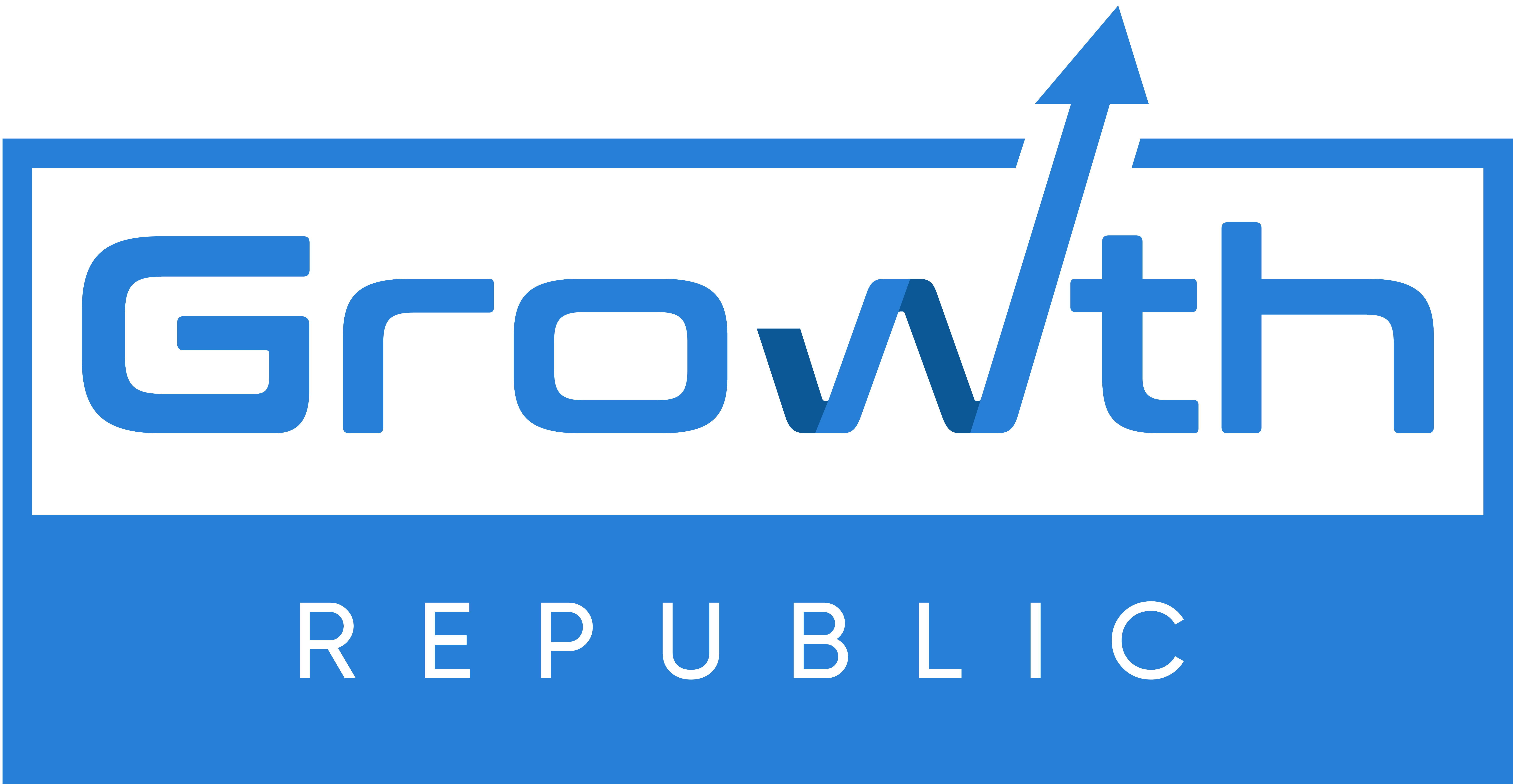Ever been frustrated by your organisations lack of ability to grow? You’ve got a reasonable competitive advantage and yet, you still can’t break through? At Growth Republic, we’ve seen how, what we term, “glass walls” within your organisation can hold you back from major revenue growth. Below is a list of the 9 most common glass walls and some general recommendations on how to address them.
1. Silos
One of the biggest inhibitors to growth is the presence of silos, which fragment communication and efforts within a company. These silos can occur between departments, such as marketing and sales, or even within a single department, like content and email marketing teams. When departments operate in isolation, valuable opportunities for collaboration and knowledge sharing are lost. For example, if marketing generates leads but sales doesn’t communicate feedback, marketing efforts are less effective. Similarly, if content teams produce high-quality work that isn’t shared across platforms, the return on investment (ROI) diminishes.
To break down these silos, companies should establish dedicated growth teams comprising members from different departments and levels of seniority. By bringing together diverse perspectives, growth teams can effectively work as a cohesive unit to drive the company’s objectives. Furthermore, reducing the number of external partners or aligning their goals helps eliminate redundant efforts and optimizes outcomes.
2. Different Goals and Metrics
Another major growth inhibitor is when different teams or external partners pursue misaligned goals. For instance, the SEO team might focus on rankings, while sales concentrates on closing deals. Although each department is working towards its own objective, these goals may not contribute directly to overall business growth.
The solution is to simplify your company’s objectives and focus on one trackable metric—something that, if improved month-on-month, will have the greatest impact on growth. By aligning everyone around this metric, you create unity and ensure all efforts contribute to the same end goal.
3. Not Knowing Your Numbers
Many companies struggle because they don’t have a firm grasp of their critical business metrics, such as lifetime customer value or lead-to-sale conversion rates. Without this data, businesses can’t make informed decisions, leading to missed opportunities or poor investment of resources. For example, a company that underestimates its customer lifetime value (CLV) may stop profitable marketing campaigns prematurely, stunting growth.
To remedy this, companies need to establish a robust data tracking system to ensure they have accurate, actionable insights. Over time, refining these metrics will lead to better decisions and sustainable growth.
4. Over-Reliance on One-Off Marketing Campaigns
Many companies rely heavily on one-off marketing efforts that provide short-term results but lack sustainability. While such campaigns can generate quick wins, they do not build lasting value, and teams are constantly chasing the next big thing, leading to inefficiency.
Shifting focus towards evergreen marketing—strategies that remain effective over time—can help companies grow more consistently. By investing in long-term assets like SEO-optimized content or always-on advertising funnels, companies can reap continuous rewards.
5. Not Enough Automation
Manual tasks slow down a company’s growth by consuming valuable time that could be spent on higher-value activities like strategy and creativity. Common tasks such as data migration or reporting can often be automated, freeing up employees to focus on more impactful work.
Investing in automation tools can significantly boost efficiency and enable teams to work on initiatives that drive growth. Automation also enhances employee satisfaction by reducing repetitive, low-value tasks.
6. Focusing Only on the Top of the Funnel
Many businesses devote too much attention to acquiring new customers and not enough to nurturing existing ones. The post-purchase phase is a goldmine for increasing customer lifetime value through retention strategies and referral programs.
By prioritizing customer retention and engagement, businesses can generate more revenue from their existing customer base, which, in turn, allows for greater investment in acquisition strategies to fuel growth.
7. Rigid Ad Budgets
Companies that lock their advertising budgets in stone risk missing out on growth opportunities. If budgets are too rigid, they can’t be adjusted based on performance, limiting the potential for scaling high-performing channels.
To grow faster, businesses should adopt a flexible budgeting approach, allowing marketing teams to allocate resources where they generate the most profit, adjusting spend dynamically based on results.
8. Moving Slowly
Speed is crucial in today’s competitive business environment. Companies that are slow to implement decisions, test new strategies, and scale successful initiatives will quickly fall behind competitors.
To foster a culture of speed, businesses should empower teams to make decisions quickly, streamline processes, and remove obstacles that slow down execution. Fast-moving companies are better positioned to capitalize on growth opportunities.
9. Poor Prioritization
Failing to prioritize high-impact initiatives over low-value tasks can significantly slow down growth. Teams often focus on ticking off easy tasks rather than tackling the initiatives that drive real growth.
Implementing a prioritization framework, such as the ICE (Impact, Confidence, Ease) method, ensures that the most impactful tasks are addressed first, accelerating overall business growth.
Conclusion
By addressing these nine barriers—silos, misaligned goals, lack of data, one-off marketing, insufficient automation, a narrow focus on acquisition, rigid budgets, slow decision-making, and poor prioritization—companies can break through the glass walls holding back their growth and unlock their full potential.




